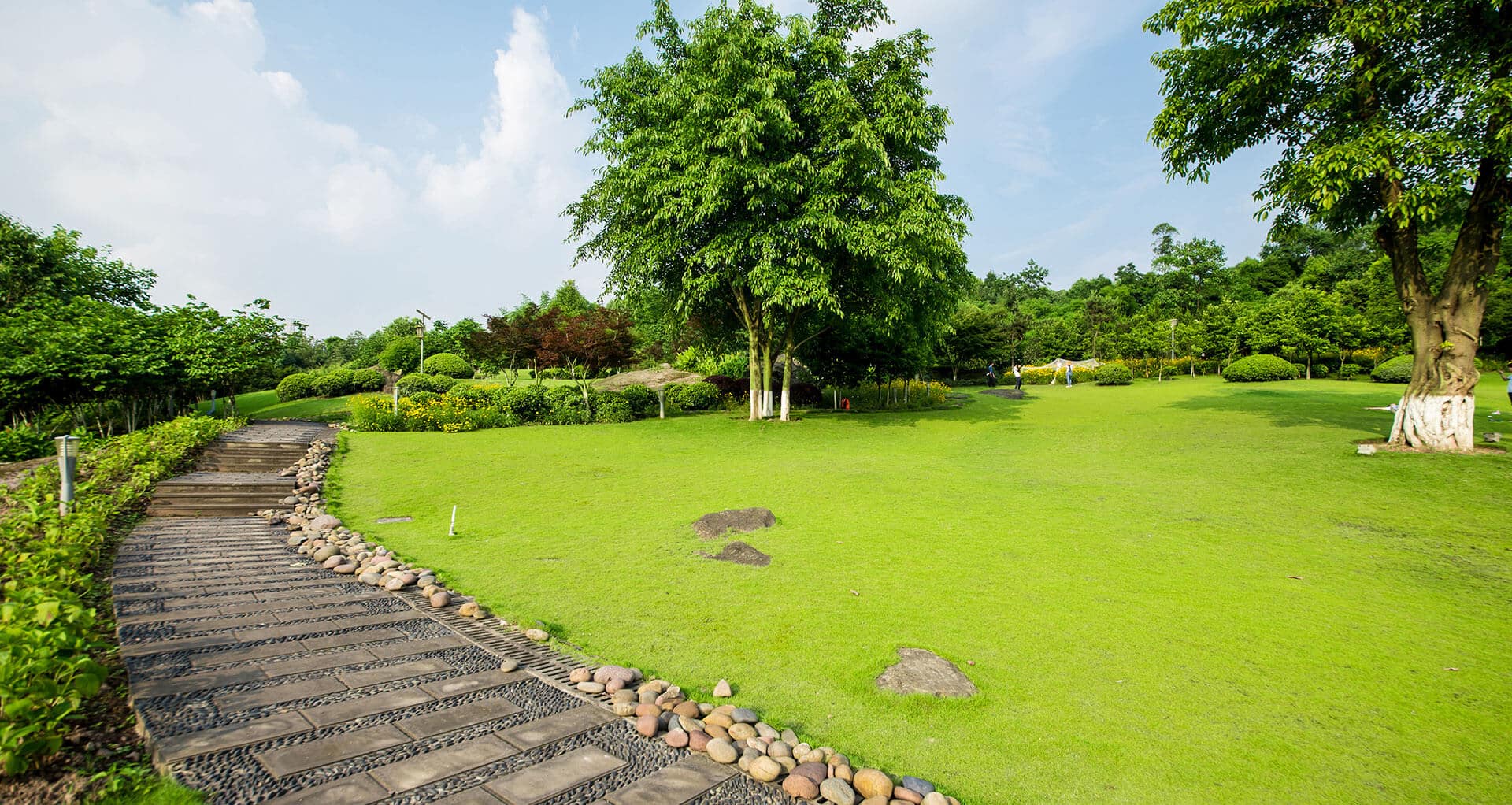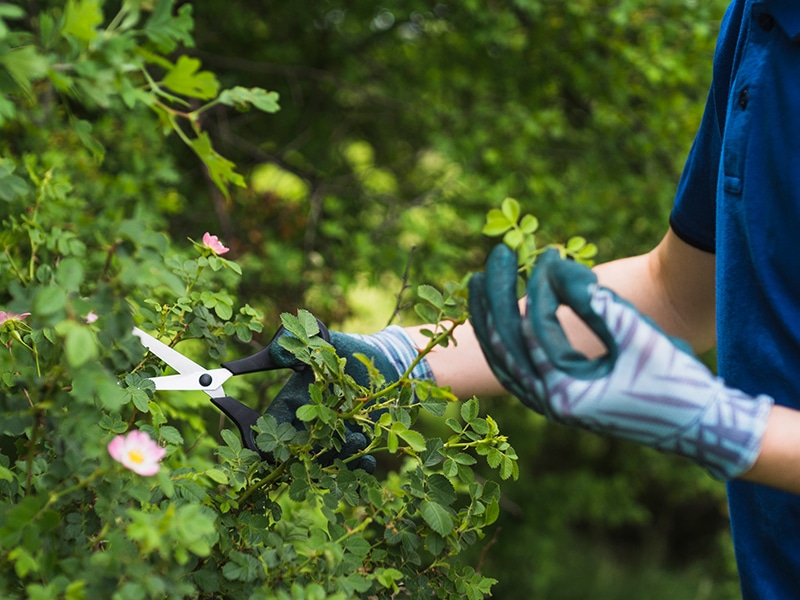Tree Cutting Services: What to Expect & How to Prepare?
Trees are a vital part of the ecosystem but sometimes must be removed for safety purposes. Chopping trees down can be dangerous, so hiring professional tree surgeons is the right way to go about it. The tree-cutting process involves several steps, starting with the initial consultations and site inspection by tree surgeons to ascertain whether the tree(s) should be removed. They will then determine the cost based on several factors like the tree’s size, health, and location.
But wait, there’s more!
You may also need permits for certain kinds of trees and definitely safety equipment and precautions. Knowing what to expect and how to prepare will make the tree-cutting process safe and efficient.
In this article, we will dive deep into each detail so that you understand what exactly happens at each stage of the tree-cutting process. Let’s get into it.
What Happens Before the Tree-Cutting Process?
-
The Initial Consultation
During the initial consultation, the tree surgeon will understand your needs and assess the tree’s condition. Evaluating factors like the tree’s age, species, health, and potential diseases or decay will determine whether removal is necessary or pre-emptive options may suffice. The arborist will also schedule a convenient time to start the work. Furthermore, you should discuss payment options and pricing policy to have clear expectations and avoid confusion later.
-
Site Inspection
The tree surgeon will conduct a detailed site inspection to understand potential risks and create a plan to address the logistical challenges. Factoring in structural integrity, diseases, and the tree’s overall health, they will determine the safest approach to remove the tree without any adverse environmental impact. The assessment will also include an examination of the surrounding area to ascertain no structures or power lines in proximity are affected during the removal process.
-
Quotation
The cost of tree-cutting services depends on the complexity and specifics of the job. The tree surgeon will provide an accurate estimate based on the tree’s size, location, and condition. Typically, the average cost of tree cutting ranges from €400 to €2,000.
Remember that larger trees or trees in hard-to-reach areas present additional challenges and will thus cost more.
-
Permits & Clearances
Permits and clearances may be required for tree removal in certain areas or for specific tree species and sizes. Obtaining such permits is necessary to comply with local regulations and avoid potential fines. In some instances, you may have to submit property surveys, tree surgeon reports, or even a replacement plan for cutting down the tree. A compliant tree-cutting process safeguards both your property and the environment.
What Happens During the Tree-Cutting Process?
-
Equipment Setup
Preparation is key to guarantee smooth and risk-free operations. Gather safety equipment and make sure every crew member is equipped with safety gear. Helmets, gloves, protective glasses, chainsaw chaps, and protective clothing are essential to prevent mishaps and injuries.
-
Safety Protocols
Safety measures must be implemented to protect the crew and surrounding property while the tree is being chopped down. The professionals will assess potential risks like unstable branches, power lines, or nearby buildings to formulate mitigation strategies and ensure safety. They may also create a secure perimeter around the area restricted to authorised personnel only.
Another critical aspect is an emergency plan, which addresses the steps to take in case of unintended incidents, such as a tree falling in an undesired direction.
-
Tools & Equipment
Specialised equipment is required for the safe and efficient execution of tree-cutting services. Chainsaws are the primary equipment used to cut through trunks and branches. The tree surgeon may also use pole saws to extend reach to higher branches, along with cranes and rigging equipment if the tree is too large. In addition, post-work tools like stump grinders may also be needed to remove the tree base and avoid future hazards. Lastly, the arborist may also carry wood chippers to break large branches into small wood chips for easy disposal.
-
Controlled Tree Cutting
A well-trained tree surgeon uses precise cutting methods to ensure the tree falls in the intended direction and doesn’t harm nearby structures or bystanders. They will use chainsaws, ropes, and ladders to chop down branches or sections of the tree in a controlled manner. Large trunks are often converted into manageable pieces to facilitate convenient removal. At all times, professional tree surgeons assess the environmental impact and try to secure the trees and vegetation in proximity.
-
Pruning
Pruning removes trunks and branches to maintain the structural stability of the tree and the safety of the surrounding environment. Through strategic cutting, tree surgeons will remove branches without damaging the main trunk.
What Happens After the Tree-Cutting Process?
-
Stump Grinding
Removing branches and trunks is just half the job done. The remaining stump must be removed or ground down to promote the safety and aesthetics of the landscape. Specialised machinery is needed to eliminate the stump below the ground. Professional tree surgeons will remove the stump completely to prevent regrowth or decay. They will also ensure the ground is conducive to future plantations or landscaping. Once the stump is removed, the ground is covered with soil and leveled to restore the landscape to its natural state.
-
Cleanup and Disposal/Recycling
After stump grinding, the tree-cutting process enters the final cleanup phase. The professionals will gather wood chips, tree fragments, and other debris to dispose of them and return the job site to its pristine condition. Equipment like wood chippers and leaf blowers may be used to expedite cleanup. Additionally, some wood chips may be recycled into mulch to promote soil quality and sustainability.
Conclusion
Tree cutting not only enhances safety of the yard but also the aesthetic and functional value of the space. Engage the qualified tree surgeons at JB Property Maintenance for a stress-free tree-cutting experience.
Our licensed professionals are covered under insurance and the proper certifications to carry out every yard work to perfection. Call us today for a comprehensive site inspection, where we will assess your trees and recommend the best course of action before we safely execute our tree cutting services.


